Category: Calochortus
-
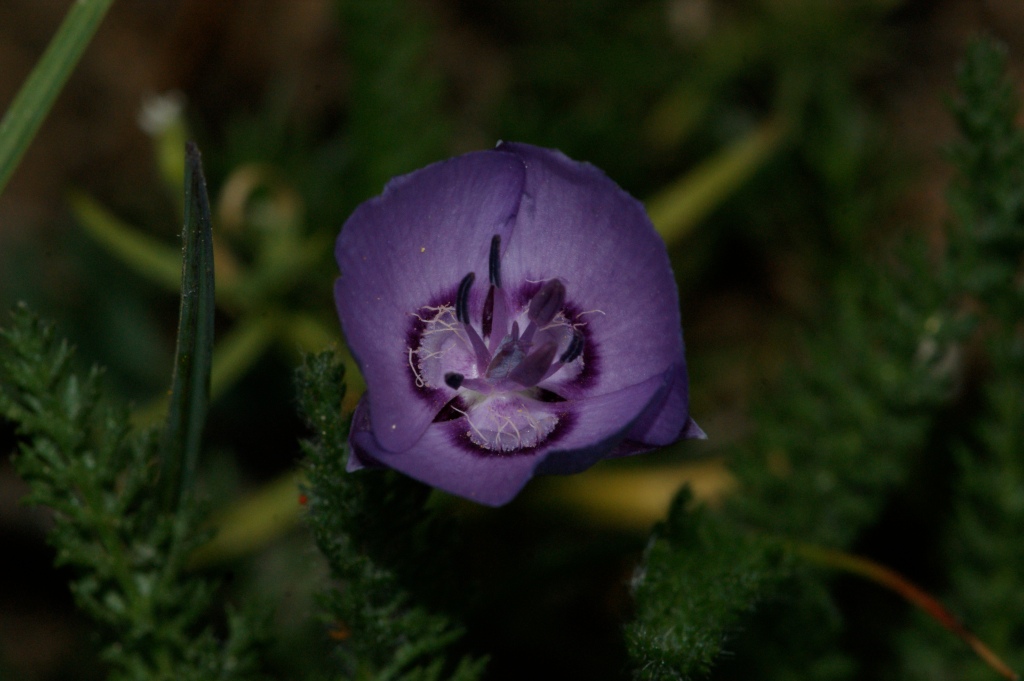
Calochortus nudus
Ethnobotany. A food for many Amerindian Peoples: the bulbs were eaten raw or roasted. Description by the California Native Plant Society. Calochortus nudus is a species of flowering plant in the lily family known by the common name naked mariposa lily. It is native to the mountains of northern California and southern Oregon, where it grows in…
-
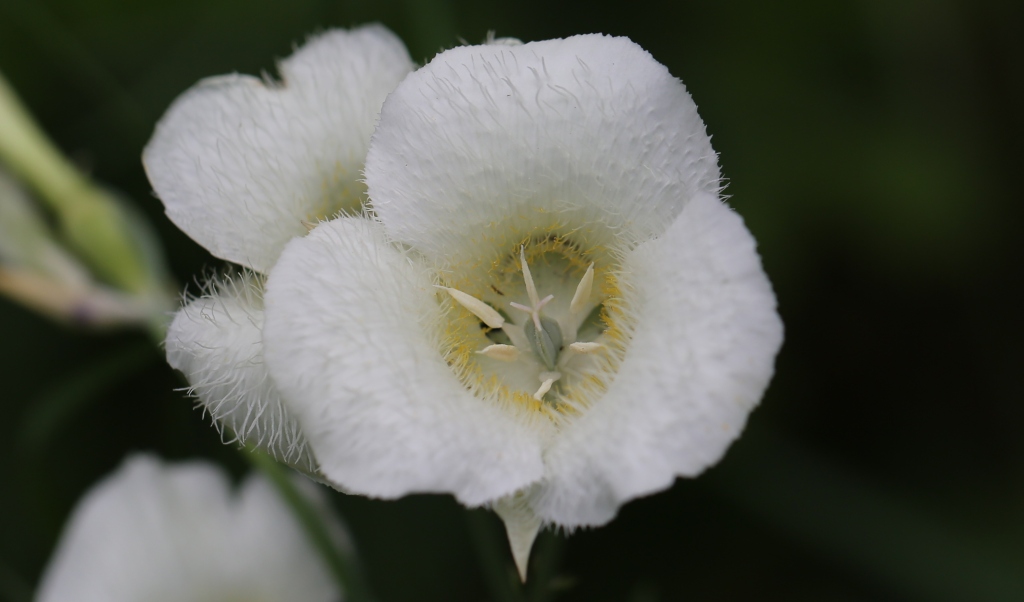
Calochortus subalpinus
Ethnobotany. A food for many Amerindian Peoples: the bulbs were eaten raw or roasted. Description from the Flora of North America. Stems usually not branching, straight or flexuous, often scapelike, 0.5–3 dm. Leaves: basal 1–3 dm × 2–15 mm, usually equaling or exceeding stem length; blade flat, adaxial surface glabrous. Inflorescences subumbellate, 1–5-flowered; bracts 2–several, lanceolate…
-
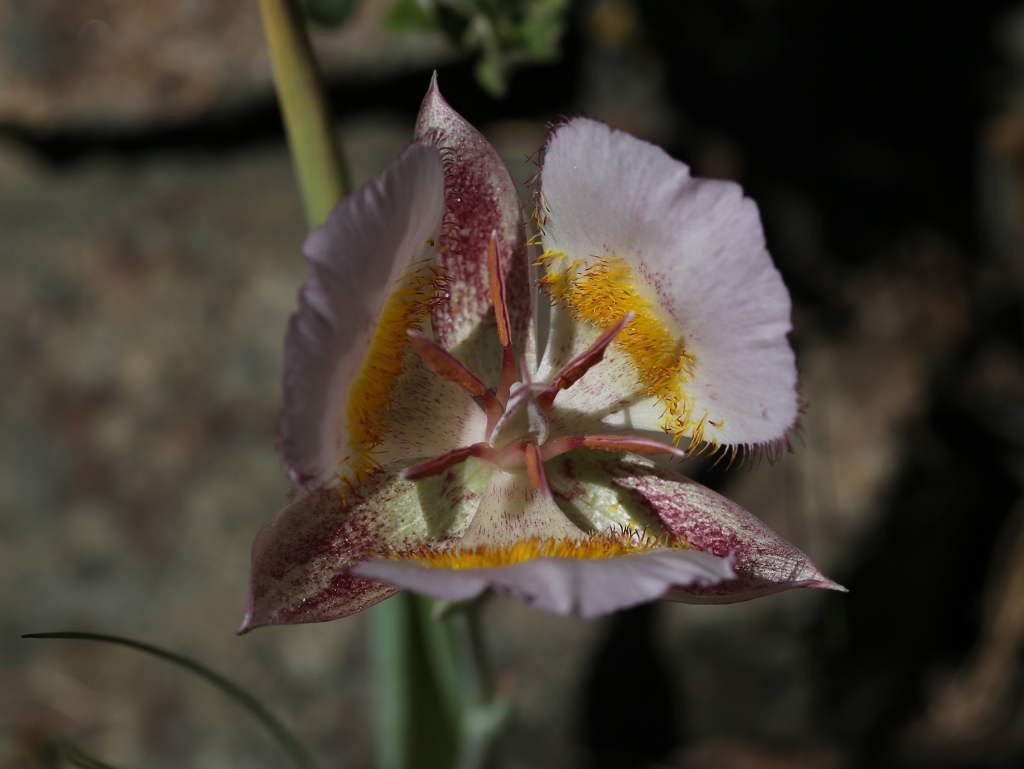
Calochortus persistens
Ethnobotany. A food for many Amerindian Peoples: the bulbs were eaten raw or roasted. Description. Siskiyou mariposa lily is an herbaceous perennial with a single, basal leaf arising from a bulb. The basal leaf can be up to 20 centimeters (7.9 inches) in length and the flowering stem approximately 10 centimeters (3.9 inches) high. One to three…
-

Calochortus howellii
Ethnobotany. A food for many Amerindian Peoples: the bulbs were eaten raw or roasted. Description from the Oregon Department of Agricuture. Howell’s mariposa lily is a bulbous perennial, 2-4 dm tall, that bears a single large basal leaf (averaging 30 cm in length). These deep green, somewhat leathery basal leaves are distinctly parallel-veined with rows of…
-
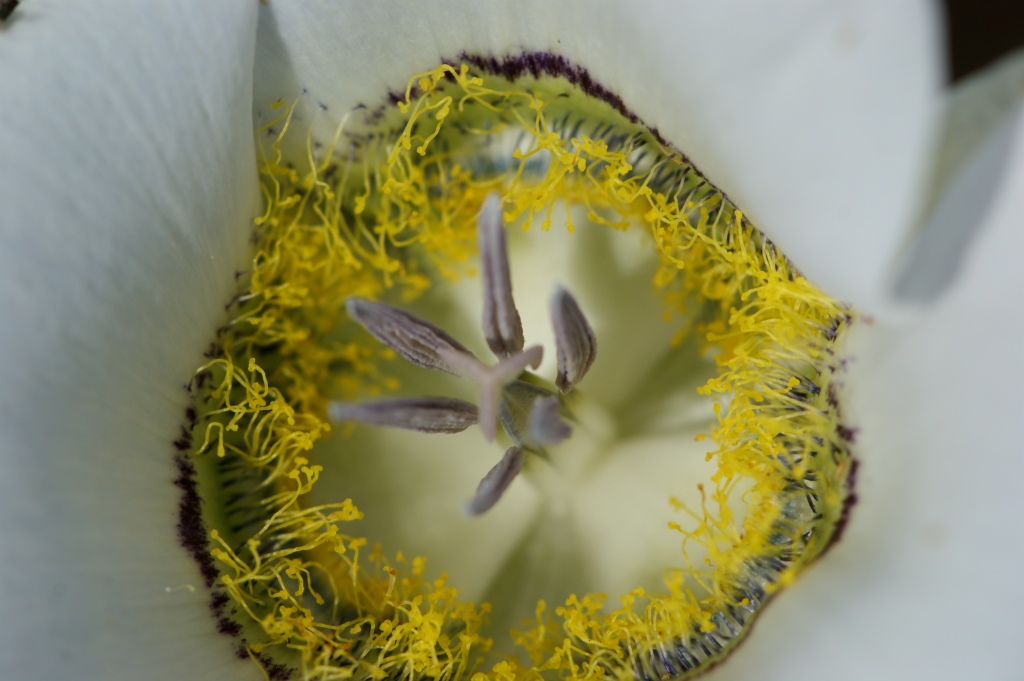
Calochortus gunnisonii
Ethnobotany. A food and a medicine for many Amerindian Peoples. Calochortus gunnisonii was a food for the following First Peoples: Keres, Cheyenne, Navajo Ramah. Among the Navajo Ramah, the juice of the leaves was applied to pimples; a decoction of the whole plant was taken to ease delivery of placenta; and the plant was also used a…
-
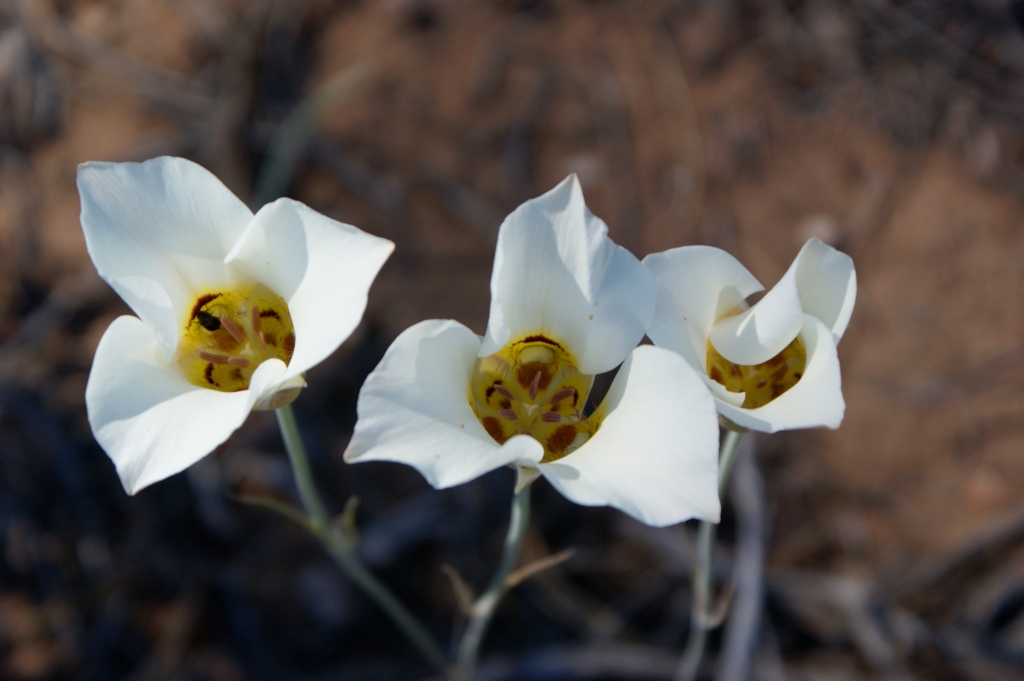
Calochortus nuttallii
Ethnobotany. A food and a medicine for many Amerindian Peoples: the bulbs were eaten raw or roasted. Calochortus nuttallii was a food for the following First Peoples: Hopi, Gosiute, Navajo, Havasupai, Ute et Païute. These informations were mentioned in “Willards Z. Park’s Ethnographic Notes on the Northern Paiute of Western Nevada 1933-1940”; “Indian Uses of Native…
-
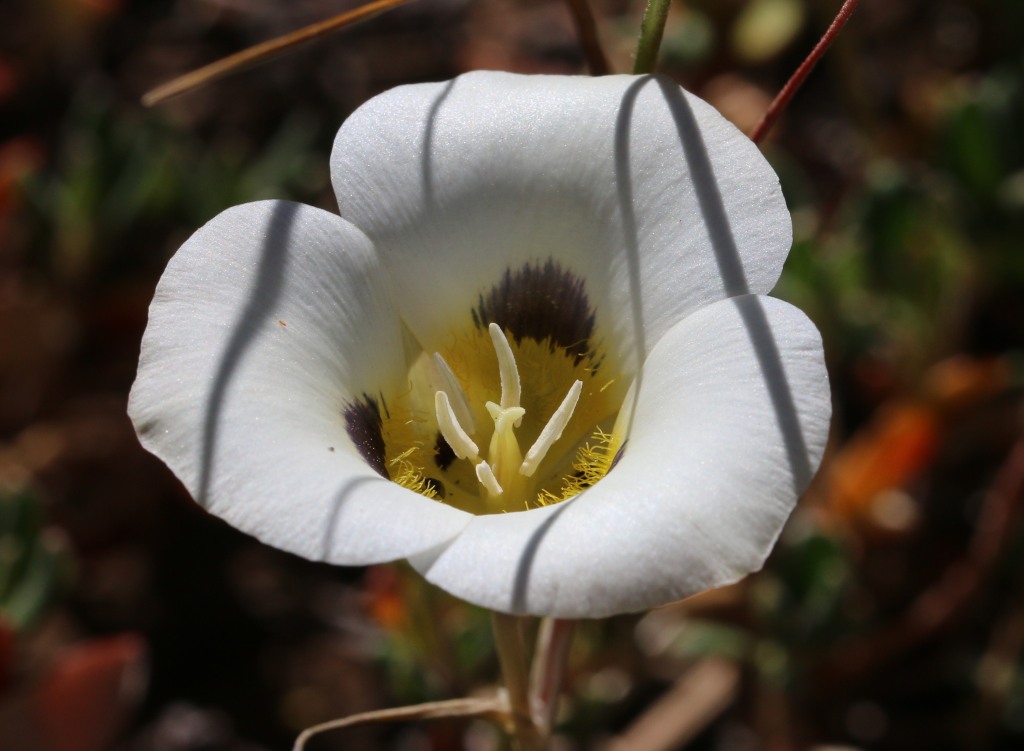
Calochortus leichtlinii
Ethnobotany. A food and a medicine for many Amerindian Peoples: the bulbs were eaten raw or roasted. Description by the California Native Plant Society. Calochortus leichtlinii is a species of flowering plant in the lily family known by the common names Leichtlin’s mariposa, smokey mariposa, and mariposa lily. The plant is native to the Sierra Nevada and Modoc…
-
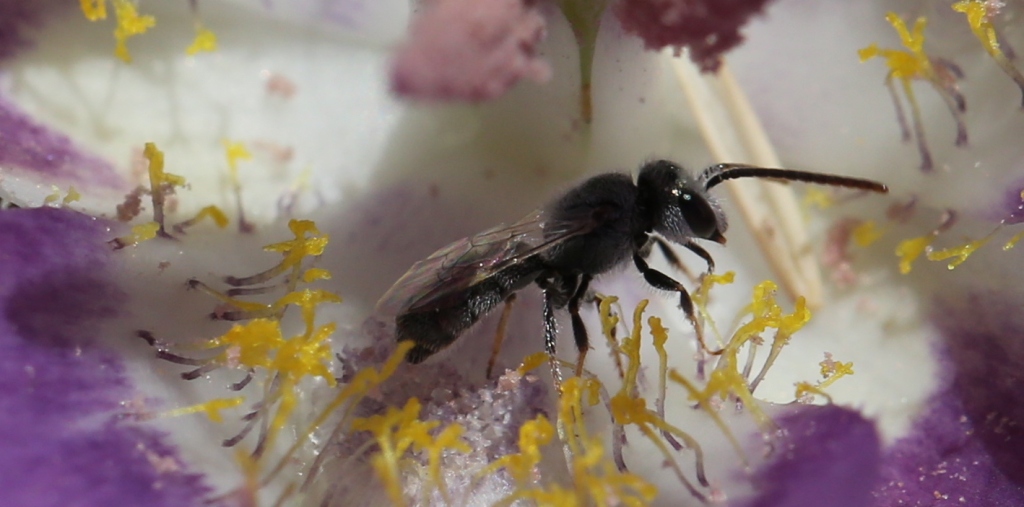
Calochortus macrocarpus
Ethnobotany. A food and a medicine for many Amerindian Peoples: the bulbs were eaten raw or roasted. By the Thompson People as mentioned in “The Ethnobotany of the Thompson Indians of British Columbia” (Steedman, E.V., 1928), in “Thompson Ethnobotany: Knowledge and Usage of Plants by the Thompson Indians of British Columbia, Victoria” (Turner, Nancy J., Laurence C.…
-
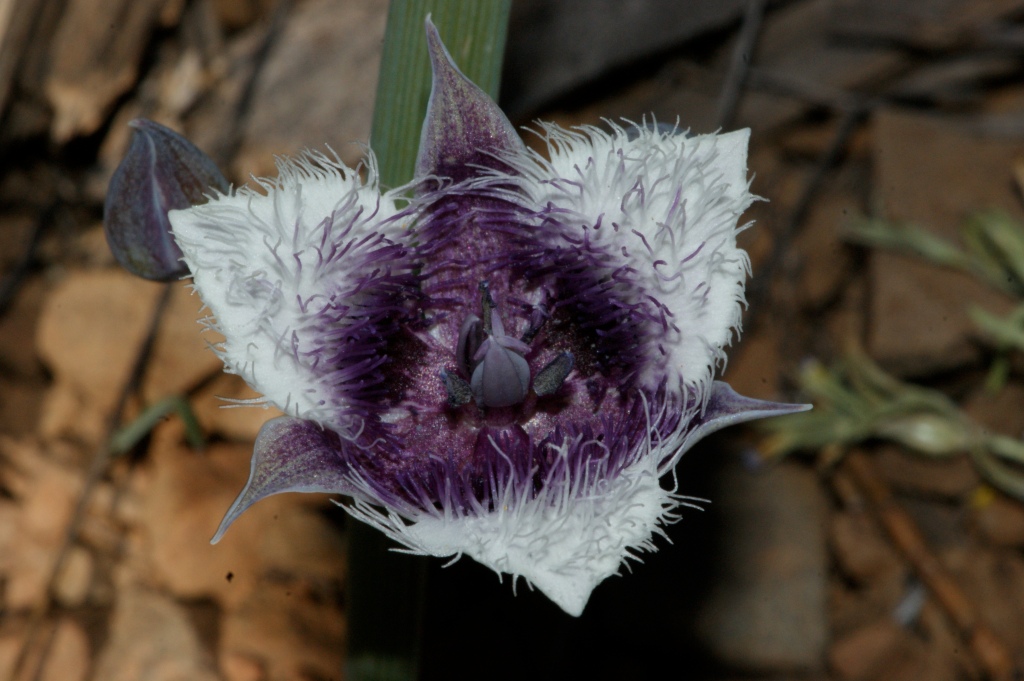
Calochortus elegans var. nanus
Ethnobotany. A food for many Amerindian Peoples of California: the bulbs were eaten raw or roasted. By the Mendocino People as mentioned in “Plants Used by the Indians of Mendocino County, California”, (Contributions from the U.S. National Herbarium 7:295-408. Chestnut, V. K., 1902). By the Pomo and Kashaya Peoples as mentioned in “Kashaya Pomo Plants”, (Goodrich, Jennie and…
-

Calochortus tolmiei
Ethnobotany. A food for many Amerindian Peoples: the bulbs were eaten raw or roasted. By the Mendocino People as mentioned in “Plants Used by the Indians of Mendocino County, California”, (Contributions from the U.S. National Herbarium 7:295-408. Chestnut, V. K., 1902). By the Pomo and Kashaya Peoples as mentioned in “Kashaya Pomo Plants”, (Goodrich, Jennie and Claudia Lawson.…